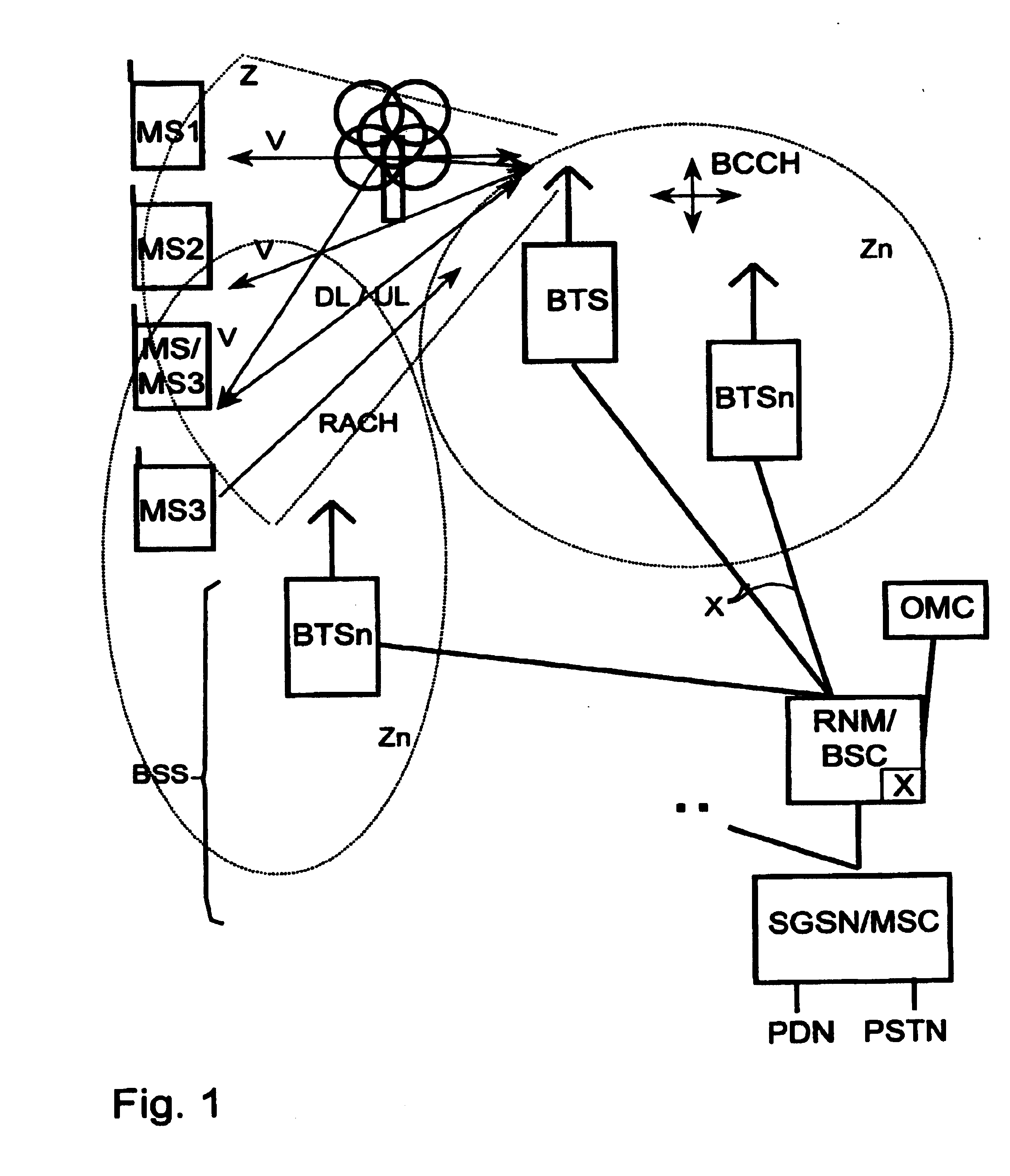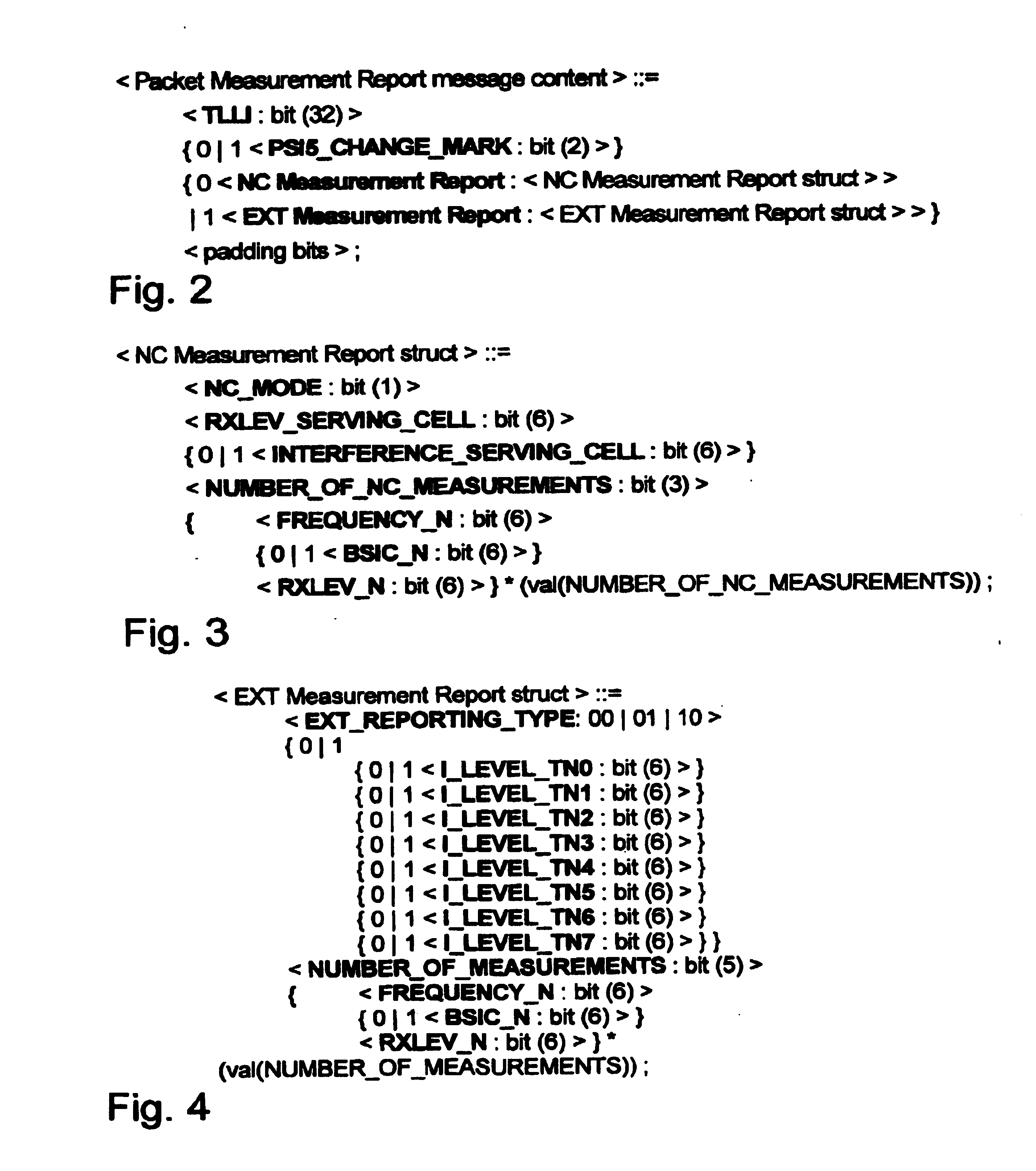Method and device for localising packet data service-capable radio stations in a communication system
a technology of communication system and packet data, applied in the direction of direction finders using radio waves, data switching networks, instruments, etc., can solve the problems of cell capacity disadvantage, and achieve the effect of reducing the load in the network
- Summary
- Abstract
- Description
- Claims
- Application Information
AI Technical Summary
Benefits of technology
Problems solved by technology
Method used
Image
Examples
Embodiment Construction
[0026] Reference will now be made in detail to the preferred embodiments of the present invention, examples of which are illustrated in the accompanying drawings, wherein like reference numerals refer to like elements throughout.
[0027] As can be seen from FIG. 1, a mobile radio system as an example of a radio communication system includes a large number of mobile switching centers MSC as well as serving GPRS support nodes (SGSN) which are internetworked or provide access to a public switched telephone network PSTN or a packet data network PDN. Furthermore these mobile switching centers MSC are each connected to at least one base station controller BSC / a device RNM for assigning radio resources. Each of these BSCs in its turn allows a connection to at least one base station BTS. Such a base station BTS can for example establish a connection to subscriber-side or subscriber stations, e.g. mobile stations or other types of mobile and stationary terminals via a radio interface. The bas...
PUM
 Login to View More
Login to View More Abstract
Description
Claims
Application Information
 Login to View More
Login to View More - R&D
- Intellectual Property
- Life Sciences
- Materials
- Tech Scout
- Unparalleled Data Quality
- Higher Quality Content
- 60% Fewer Hallucinations
Browse by: Latest US Patents, China's latest patents, Technical Efficacy Thesaurus, Application Domain, Technology Topic, Popular Technical Reports.
© 2025 PatSnap. All rights reserved.Legal|Privacy policy|Modern Slavery Act Transparency Statement|Sitemap|About US| Contact US: help@patsnap.com



